Every week The Slovak Spectator brings you a selection of three short stories from across Slovakia from which pessimism and negativity are absent.
Slovak architects designed a day care centre for Belgian patients
Warm Nest is the name of a day care centre for seriously ill people situated in the coastal town of Knokke-Heist, in the Belgian province of West Flanders. They can spend time there with their families, cook lunch, order a massage or discuss their favourite books.
The place was designed and furnished by Slovak architects based in Čadca, in northern Slovakia.
“When creating the day care centre for seriously ill patients, we had to depersonalise from the architectural ego; we abandoned learned principles and stereotypes,” said architect Martin Mikovčák, as quoted by the Sme daily.
Their task was to design a building that would be able to absorb emotions and offer space for calm and balance, he added. The architects even received a manual in order to understand processes and everyday life in the day care centre.
To create a calm and safe environment with healing effects, they communicated their project with neuroscientists and psychologists, another author of the project, Viktor Mikovčák, Martin's brother, told Sme.
The result is a building that copies the trajectory of people moving around the day care centre, and every function has its own zone. There are even rooms for those seeking some privacy. The architects paid close attention to the materials they used in order to foster a feeling of stability and comfort.
The medical facility in Belgium is just one of many that were founded by Scotswoman Maggie Keswisk Jencks. She was diagnosed with cancer, but was convinced that with the right support, no one need lose their joy of life, even while they fear death. She believed that architecture can uplift people even in their hardest times, Sme reported.
The project of the two brothers and their Čadca-based Archekta studio was nominated for a prestigious CE ZA AR award, which recognises the best Slovak architecture.
Dozens of people choose to share the experience of the homeless
Dozens of people across Slovakia joined members of the non-governmental organisation Vagus on November 23, to experience what it is like to be homeless and sleep in the freezing outdoors.
The main aim of the 10th edition of the Noc vonku (Night Out) event was to warn people about the worsening situation of those who live in extreme poverty.
“People living in poverty are invisible to not only society, but also to top politicians,” said Alexandra Kárová, head of Vagus, as quoted by the TASR newswire. “Many solutions are long known, but the most important thing is still missing – the political will on the local and national level, and sincere interest.”
For the very first time, Vagus was joined also by other organisations from across the country, including NGOs, cultural platforms and communal subjects. Sleep-out events were held in Bratislava, Pezinok, Trnava, Žilina, Banská Bystrica and Košice.
In the capital, people slept on the grounds of the Nová Cvernovka cultural centre and on the Pink Whale ship, where an accompanying programme was held that included concerts, a special quiz and a discussion. The Nová Cvernovka event was visited by President Zuzana Čaputová.
“It was just one night for us, but for thousands of people a night without a roof above their heads is an everyday reality,” the representatives of Vagus wrote on Facebook. “The only thing distinguishing us from one another is that the life brought them [the homeless] obstacles they could not overcome on their own. These people need our help, and we want to do our best to prevent the number of homeless from growing.”
Slovak visual artist shortlisted for prestigious prize
Renowned Slovak visual artist Emília Rigová, who is also known by her stage name of Bári Raklóri, has been nominated for the Biennial Tajsa Roma Cultural Heritage Prize 2023, a prestigious award highlighting and celebrating the talent of Roma artists across Europe.
She was praised by judges for her deep dedication in creating a public dialogue centring around Romani identity.
Her works are based on social research and analysis and sometimes take the form of performances and installations in public spaces; they can also be seen as forms of political activism.
Rigová exhibited at the Milan Triennale in 2022, and her latest show at Vienna’s Mumok – Who Will Play For Me? – explores the tensions around the musical heritage of the Roma.
The Tajsa Prize, awarded by the European Roma Institute for Arts and Culture (ERIAC), an international hub supporting the exchange of creative ideas across borders, cultural domains and Romani identities, is designed to celebrate and honour exceptional individuals who are leading voices in the contemporary Roma cultural movement.
It strives to inspire Roma pride and spotlight the creativity, virtuosity, and talent of Roma cultural producers.
More good news stories published by The Slovak Spectator to read:
Ukrainian photographer Dmytro Levichev found a unique way to help Ukrainian children who have fled their war-torn homeland. He introduced them to the world of rugby.
Originating in Poland, oplátky are now a favourite Christmas food of Slovaks. Mrs. Zvonárová, who has been making them for about 10 years, invited us to see how they are made.
Slovaks living in the USA care about their homeland, follow events at home and try to help the country, according to Kristína Sojáková. One of the Slovaks who originally went to the States for only a short period of time, but remained much longer, is Roman Bartoš, who now lives with his wife and son in the US state of Connecticut, where he has been working for the technology company Medidata.
Our editor-in-chief, Peter Dlhopolec, shares his experience hiking and climbing along the oldest Slovak via ferrata, situated in the Lúčanská Malá Fatra mountain range, in central Slovakia.
Over the past two years, Devín Castle has installed new information panels, navigation boards, and rest areas where visitors can picnic in the summer. It's also launched a new website.
Tourists can spend the night under an extinct volcano in central Slovakia, in two restored stone chalets.
A group of Slovak and Polish researchers have discovered a unique moat at an archaeological site known as Tell-el-Retaba in Egypt.
Political meme of the week
Caption above (showing the 2020 cabinet of Igor Matovič):
Incapable government.
Caption below (showing the 2023 cabinet of Robert Fico):
Government capable of absolutely anything.
(The meme was published on a satirical Facebook page called Satirén.)
You can send me your tips on good news stories about Slovakia or funny memes at: radka.minarechova@spectator.sk. Thank you!


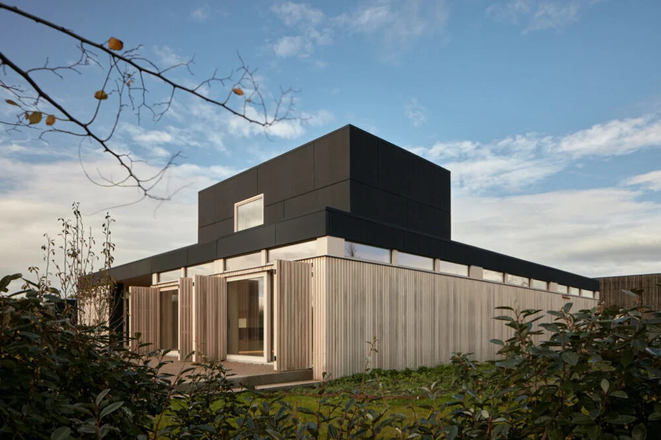 The design of the day care centre in Knokke-Heist. (source: BoysPlayNice)
The design of the day care centre in Knokke-Heist. (source: BoysPlayNice)
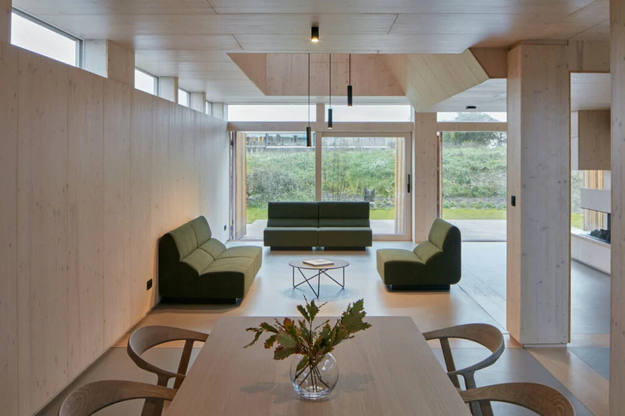 One of the rooms in the day care centre. (source: BoysPlayNice)
One of the rooms in the day care centre. (source: BoysPlayNice)

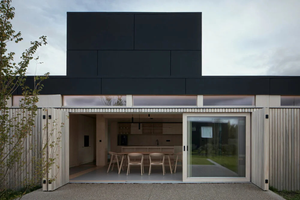
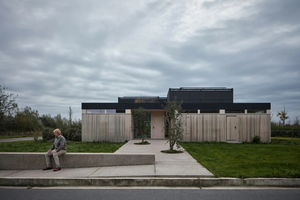
 People in Košice took part in the Noc vonku event. (source: TASR)
People in Košice took part in the Noc vonku event. (source: TASR)
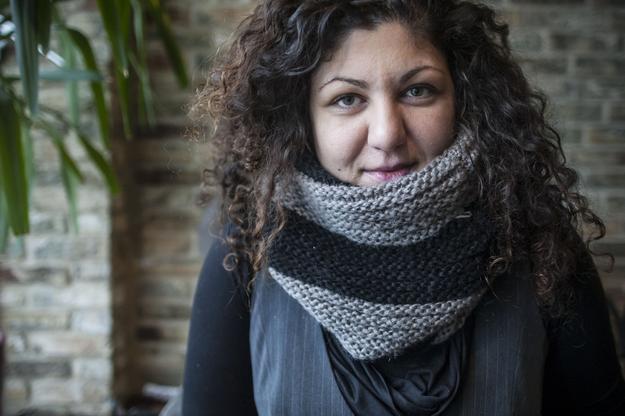 Emília Rigová (source: Sme archive)
Emília Rigová (source: Sme archive)
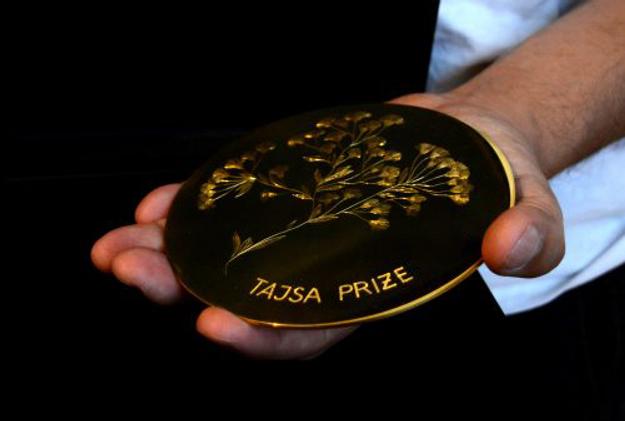 The Tajsa prize (source: Courtesy of ERIAC)
The Tajsa prize (source: Courtesy of ERIAC)
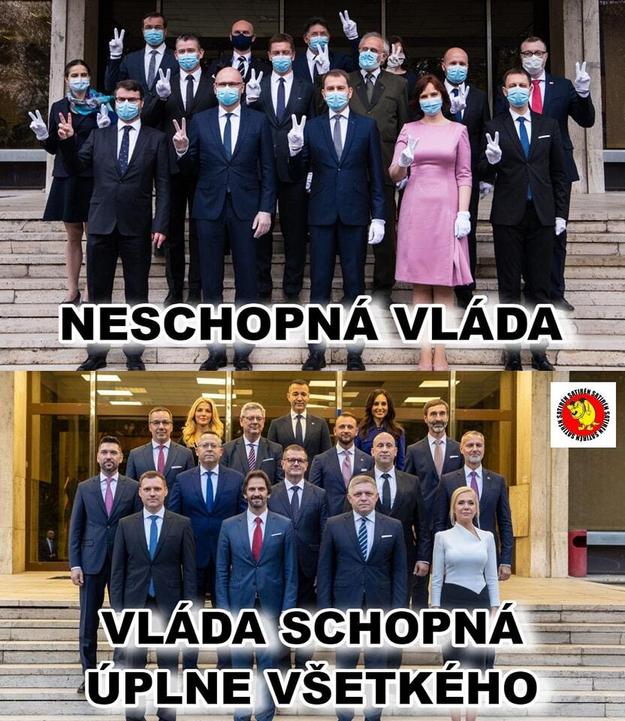 Incapable government / Government capable of absolutely anything. (source: Satirén)
Incapable government / Government capable of absolutely anything. (source: Satirén)